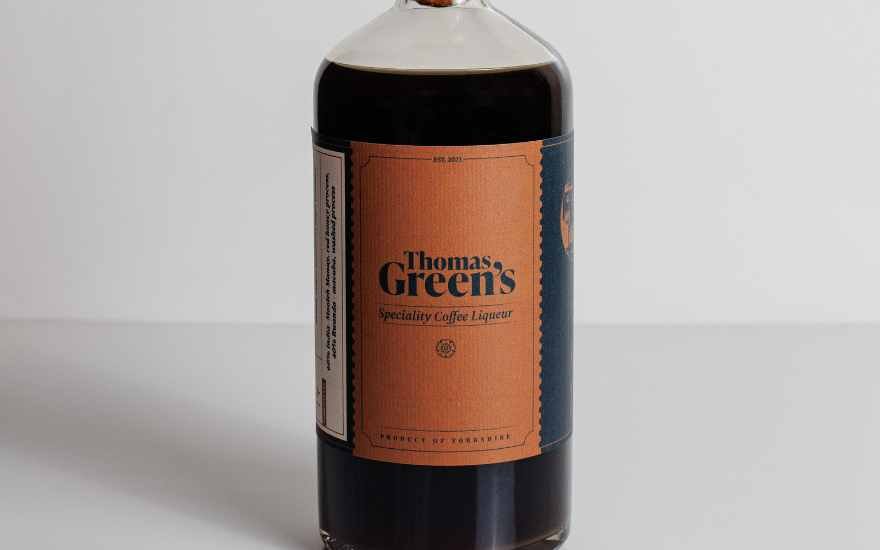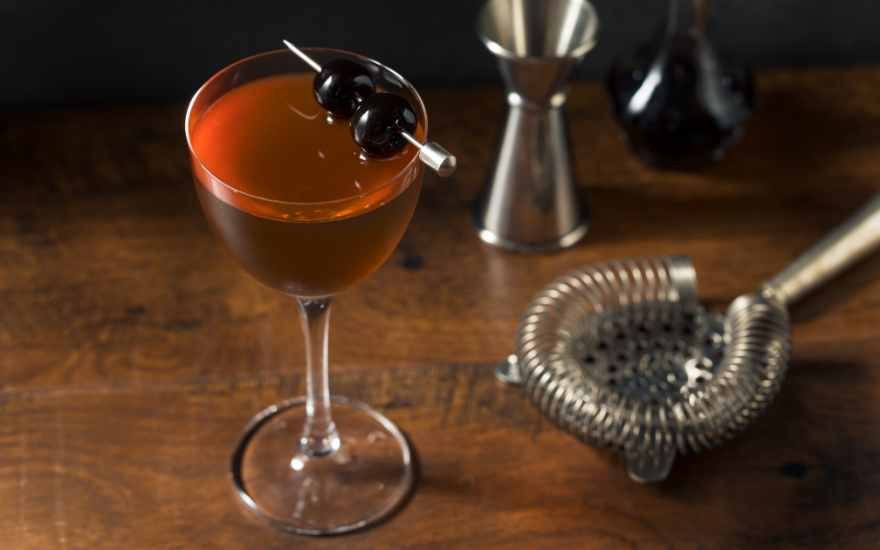Image credit: Will Wong
Most wine drinkers know Sauvignon Blanc, but what about Bacchus? He was the Roman god of wine and vegetation, who showed mortals how to cultivate grapevines and make wine. Humanity then took at least three millennia to honour his immortal legacy, by naming a hybrid grape after him.
The modern Bacchus grape was born in 1933 when viticulturists Peter Morio and Bernhard Husfeld crossed the Silvaner-Riesling with Müller-Thurgau grapes at the Geilweilerhof Institute for Grape Breeding (now consolidated into the Julius Kühn-Institut, the German Federal Research Centre for Cultivated Plants) in The Pfalz. The hybrid infant was christened as “Geilweilerhof (Gf) 32-29-133”. However, it was not until 1972 that the German authorities approved it for general cultivation; with its divine rebirth to becoming Bacchus.
As an early ripening grape, Bacchus does not always achieve high enough acidity to make a single varietal wine in its native Germany. It is often used for blending into Müller-Thurgau, to give the latter more flavour.
With the cooler climate in England, Bacchus grapes are able to retain higher acidity with lower yield. These conditions result in higher quality wines in a style somewhere between premium French and New Zealand Sauvignon Blanc. It is no surprise that Bacchus is increasingly hailed as England’s answer to Sauvignon Blanc from Marlborough, New Zealand. It is now also the fourth most planted grape in the UK after Chardonnay, Pinot Noir and Pinot Meunier, the grapes used in making traditional method sparkling wines.
How does Bacchus taste?
The Bacchus grape is often associated with key aromas of hedgerow, elderflower and pear. Some believe that the floral characters of the grape could be more akin to that of its parent, Riesling.
In the last decade, English winemakers have been experimenting and pushing boundaries with varying styles of Bacchus such as the five examples below. They range from light, floral and zesty, to gooseberry and cut-grass flavours and then the lightly oaked-aged Kit’s Coty Bacchus from Chapel Down, the largest wine producer in England.
What Food Goes with Bacchus?
The aromatic delicate notes and high acidity pair well with Thai green curry, and Vietnamese cuisine, as long as there is no fiery chilli to overpower the wine.
A more traditional pairing would be fresh seafood, or spring vegetables such as English asparagus in season now. You could also serve Bacchus as an apéritif (still or sparkling) with accompanying canapés.
With a little bottle age, preferably under three years, it becomes more gastronomic. Try it with smoked trout, aubergine moussaka, or goat’s cheese.
We now take a tour around southeast England where these five Bacchus are produced, from Essex to Kent and Surrey…
What Bacchus Should I Try?
Tuffon Hall Single Estate Bacchus Amelie 2022, North Essex
Image credit: Will Wong
Angus and Pod Crowther have been running their hundred-year old family farm and vineyard since 2014. Indeed, this very wine is named after their first daughter. It recently won the local conservation farm prize and then the equivalent for the whole of Essex, one of England’s biggest counties. Sustainability is at the heart of their business practices.
If you are new to Bacchus, the Tuffon Hall is an ideal introduction to a grape that is no poor cousin to Sauvignon Blanc. Cut-grass, asparagus and lemon on the nose. On the palate, there is generous lemon rind and grapefruit with crisp acidity. As the temperature of your wine rises in the glass, its flinty minerality begins to shine with a long finish so best served between 12-14ºC, and not straight out of the fridge.
It pairs well with fresh or smoked seafood. Oysters, crab, prawns, scallops and fresh salmon all work. Try spring vegetables such as English asparagus and broad beans as well as creamy goats cheese.
Size: 750ml
ABV: 11.5%
Find here: £15.99
New Hall Wine Estate Single Estate Bacchus 2022, Crouch Valley, Essex
Image credit: Will Wong
In 1969, the first vines were planted at New Hall Farm by Bill and Sheila Greenwood. Two years later in 1971, the first New Hall Vintage was produced from just over 30kg of fruit. The wine was made and bottled by Mrs Greenwood in her kitchen - a total of 18 bottles.
Today, New Hall is still family-run under the stewardship of Chris Trembath, keeping it within the Greenwood family with Chris’s daughter Becki as General Manager since 2016. She is now the third generation of the family to be working at the vineyard.
Made by the same former head winemaker for the above Tuffon Hall, Steve Gillham created a very different style here. Still very pale and grassy, this Bacchus is more intense with a big personality on the first sip. The grapefruit then comes through with a flinty and steely finish.
Size: 750ml
ABV: 11.5%
Find here: £16.50
Yotes Court ‘On the Nod’ Bacchus 2021, Mereworth, Kent
Image credit: Will Wong
Yotes Court is much more than just a vineyard. It boasts an English Heritage Grade 1 listed property originally built for James Masters in 1656, nestled in 20 acres of gardens. It fell into disrepair over time and in 2008, the new owner Susannah Ricci poured her heart and soul into restoring the main house to its former glory, and transformed the other buildings on the Estate: The Clockhouse, Granary and Garden Cottage, which are all Grade 2* listed buildings.
At 140m above sea level, a former apricot orchard has become one of the highest vineyard block in England. In the early years the fruit was grown exclusively for one of the UK’s leading still and sparkling wine producers, Chapel Down, with 60 acres of Chardonnay, Pinot Noir and Pinot Meunier grapes harvested annually for their Traditional Method sparkling wines. In 2018, Susannah decided to expand the area under vines and planted a further 10 acres with a view to crafting wines under the Yotes Court brand. Their wines are made in collaboration with Defined Wine Ltd outside Canterbury under the guidance of winemaker Nick Lane.
2021 was only the second Bacchus vintage for Yotes Court Vineyard, with 11,000 bottles released. This very vintage was served on board Virgin Atlantic’s Upper Class in June 2023, to celebrate English Wine Week. Compared with Tuffon Hall and New Hall above, this has a much more restrained gooseberry nose and on the palate, it’s all Granny Smith apples followed by pink grapefruit once the wine has had a chance to open up in your glass. Zesty with crisp acidity. Balanced and complex. No need to shout.
So again, avoid serving straight out of the fridge. Take the chilled bottle out 20 minutes ahead and you can keep it cool later. It’s perfect with asparagus and it stood up well against mature cheddar which was a surprise.
Size: 750ml
ABV: 12%
Find here: £17
Chapel Down Kit’s Coty Bacchus, Single Vineyard, North Downs, Kent
Image credit: Will Wong
A premium flagship produce from England’s largest wine producer in both sparkling and still wines. Chapel Down is the Official Sparkling Wine of the England & Wales Cricket Board, as well as the Official English Sparkling Wine of Ascot Racecourse and the Oxford & Cambridge Boat Race. They are also Official Supplier to the London Stock Exchange.
The only lightly oaked Bacchus amongst the five, the Kit’s Coty is an understated and refined gem waiting to be discovered. The nose is subtle and restrained. It definitely is not a copycat of Sauvignon. On the palate, crisp acidity is balanced with green apples and elderflower.
An elegant and delicate gastronomic wine that pairs well with sushi, but go easy on the wasabi in your soy sauce. Lightly dressed salad also works but avoid vinaigrette dressing or lemon juice that could overpower this wine.
Size: 750ml
ABV: 12%
Find here: £30
Litmus Orange Bacchus 2022, Dorking Surrey
Image credit: Will Wong
Probably the only English Bacchus made from six weeks of skin contact with no added sulphur during fermentation. This historic method of winemaking has become once again en vogue in recent years with the Pét-Nat and natural wine following.
Despite it being labelled as an orange or amber wine, it is pale lemon in the glass. It has a pronounced herbaceous nose, with a grassy undertone. Bone dry on the palate, with a gripping astringency due to the tannins from prolonged skin contact, it is one of a kind. If you like dry rosé, this could make an interesting alternative.
This orange Bacchus with notes of fennel is a little reminiscent of contemporary Greek retsina. Its bold flavour is able to stand up to oily meat or fish.
Size: 750ml
ABV: 12%
Find here: £20
Why Bacchus?
England made headlines with outstanding sparkling wines that rival some of the best Champagnes. And now with the warmer climate, the quality and quantity of still wines such as Bacchus are on the rise.
If you are a fan of the steely Pouilly-Fumé or Sancerre from the Loire in France, or the aromatic New Zealand Sauvignon Blanc from Marlborough, it is really worth trying English Bacchus that share some of the citrusy and herbaceous characteristics. It is an understated grape that awaits your discovery and appreciation; with lower carbon footprint too.
If you are based in the UK, why not visit your favourite producers this spring and summer? Many have cellar doors and tasting rooms, with open days and guided tours for you to learn more about the people and places behind their labels. Go explore!
By Will Wong




































































